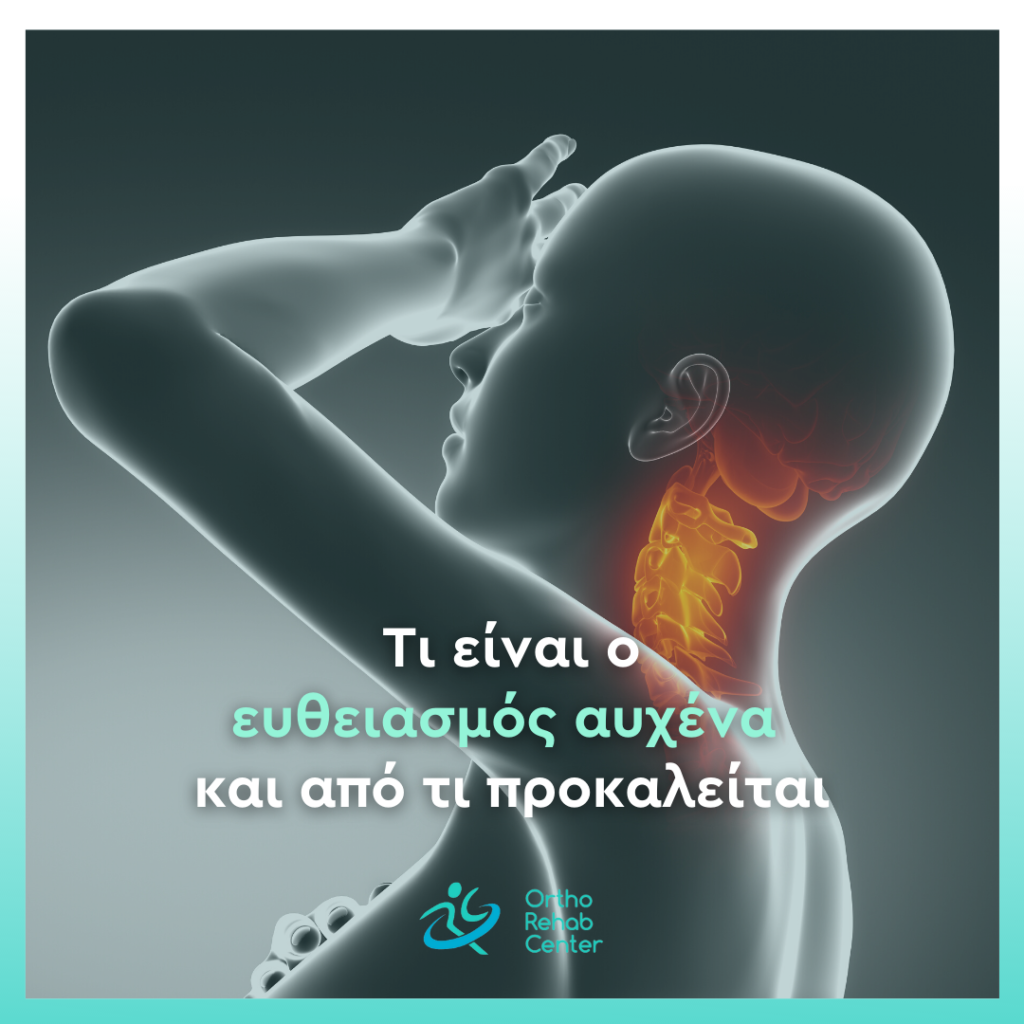The cervical spine plays a crucial role in supporting the head and constitutes one of the most important anatomical regions of the human body. This is where blood vessels, nerves, and soft tissues converge, enabling the transmission of signals from the brain to the corresponding organs and their translation into functional actions.The cervical spine is anatomically designed to maintain a natural lordotic curvature, allowing for a wide range of motion in multiple directions. When this natural curvature is reduced or absent, the condition is referred to as loss of cervical lordosis (commonly known as cervical straightening).
Causes of Cervical Straightening
Cervical straightening may result from a variety of factors, including:
- Heredity
- Muscular factors
- Poor posture during activities such as work, rest, lifting, or sleep
- Inadequate sleep quality or positioning
- Psychological stress
- Trauma, such as that sustained in a motor vehicle accident.
Symptoms Associated with Cervical Straightening
Cervical straightening is often perceived as being responsible for neck pain, muscle tightness, and other discomforts in the cervical region. Many consider it to be a pathological condition underlying various neck problems.In reality, loss of cervical lordosis (or cervical straightening) can also be a normal anatomical variation and does not inherently pose health risks. Some individuals naturally have a straighter cervical spine, just as they may have other unique anatomical traits.However, due to the increased mechanical load and strain placed on the cervical spine in cases of straightening compared to a spine with normal lordosis, this condition may predispose individuals to the development of symptoms or other musculoskeletal issues over time.
Potential Symptoms Resulting from Cervical Overload
- Pain
- Muscle tightness or stiffness
- Vertigo
- Dizziness
- Headache
- Cervical stiffness and reduced range of motion
- Visual disturbances (e.g., blurred vision)
- Difficulty concentrating
- Intervertebral disc disorders (discopathy)
- Shoulder tendinopathy
- Referred pain to the upper limbs, hands, or fingers
- Respiratory dysfunction
Management of Symptoms
When symptoms are present, prompt consultation with a specialist is of critical importance to ensure optimal management. Symptoms associated with cervical straightening can be treated or even prevented through targeted therapeutic interventions, including:
- Postural correction exercises and retraining for proper body alignment
- Strengthening of the cervical musculature and supporting spinal muscles
- Physical therapy programs
- Dry needling
- Kinesio taping
- Shockwave therapy (extracorporeal shockwave treatment)
- Clinical pilates.
Cervical straightening may remain asymptomatic in many individuals and may never require intervention. However, because of the increased mechanical stress exerted on the cervical spine in the absence of its natural curvature, some individuals may develop symptoms that can significantly impair their quality of life and daily functioning.For this reason, early evaluation and intervention by qualified healthcare professionals is essential not only for symptom management but also for prevention of future complications.

